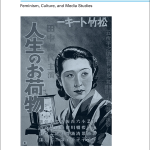“Recycling Indigenous Images: Archiveology and the National Film Board of Canada,” in The Handbook of Documentary, eds. Kate Nash and Deane Williams, Intellect Handbook of Documentary, 2025.
https://www.intellectbooks.com/the-intellect-handbook-of-documentary
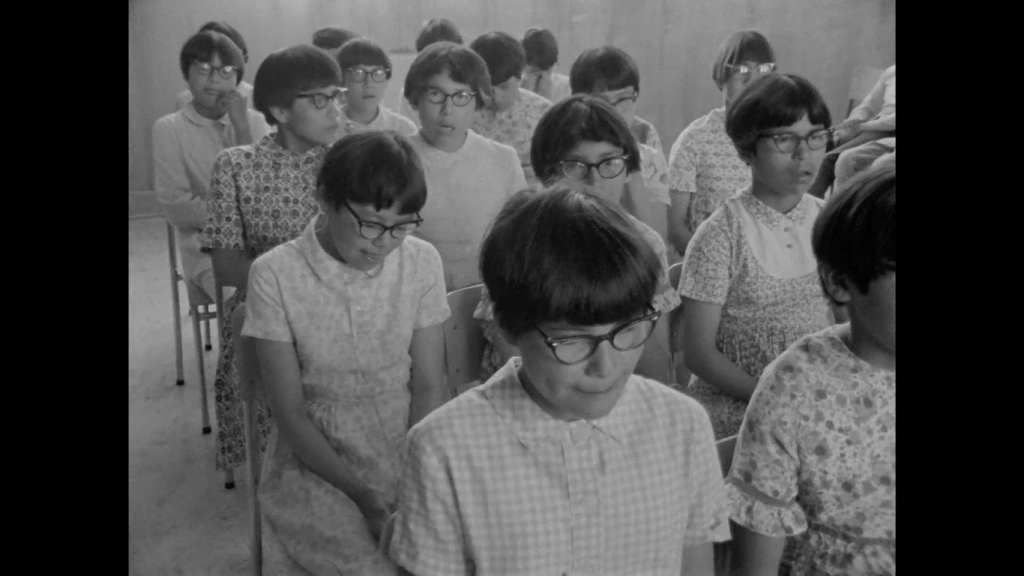
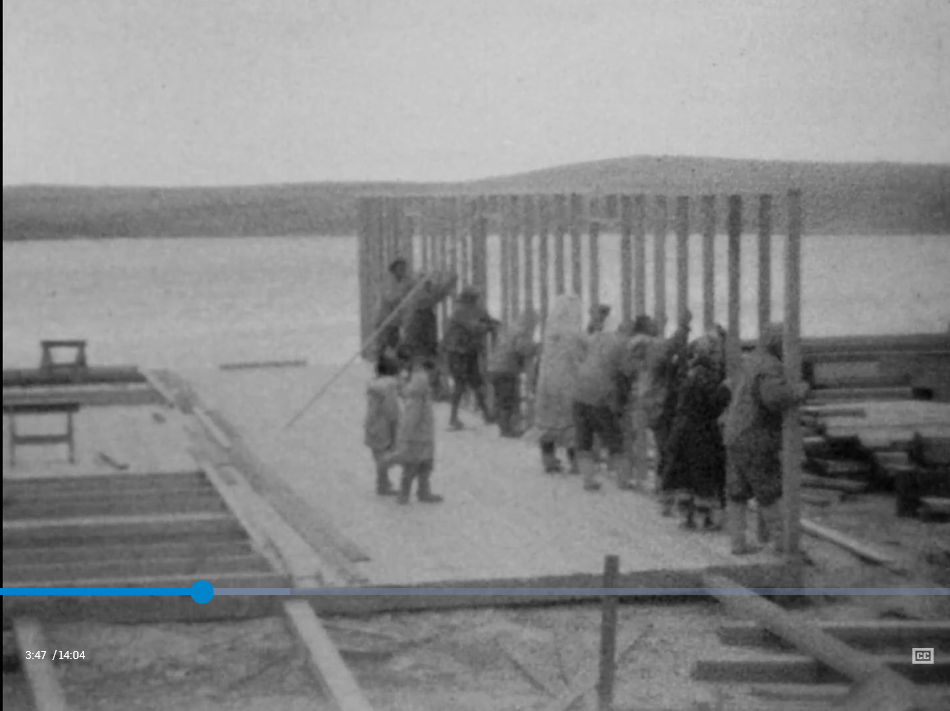
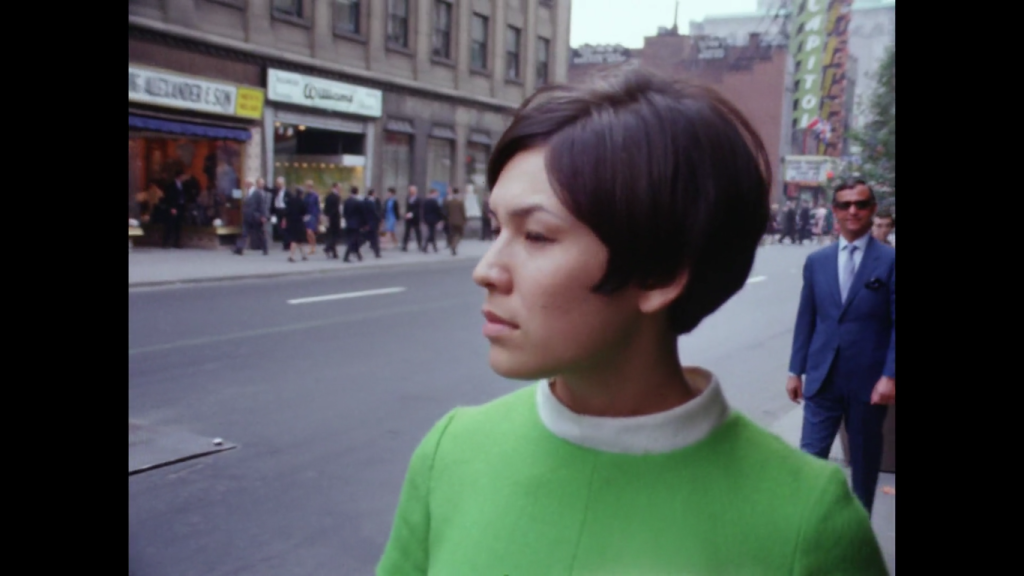
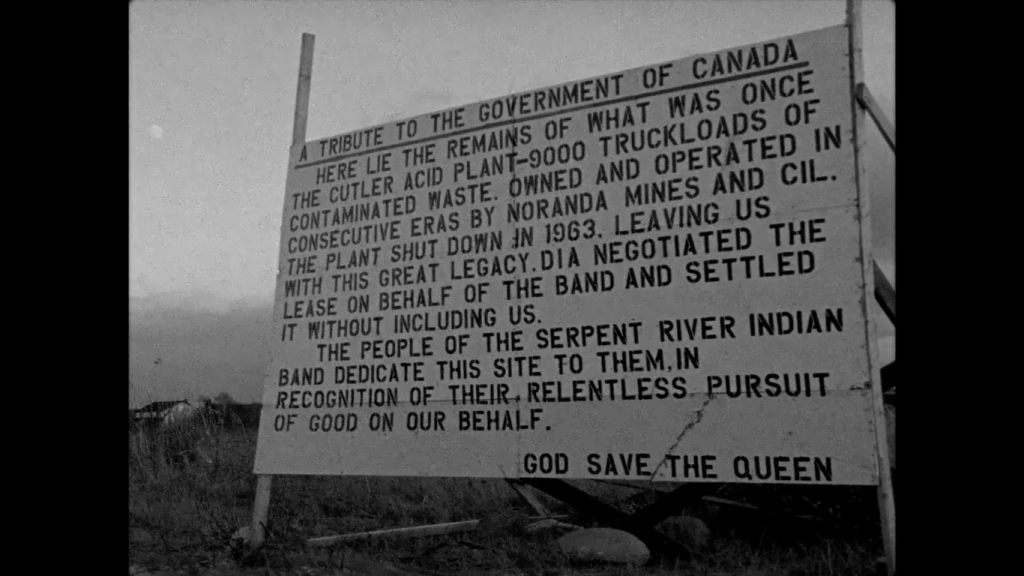

These two films, The Ballad of Crowfoot and Three Thousand are rare examples of Indigenous archiveology in the NFB archive. The filmmakers have researched archives (including the NFB and beyond) to recycle images that can tell some kind of story about their history. The power of images is that, especially when they are moving, the viewer can enter a sensory experience with the past. Ballad uses mainly still images that are given movement through camera scans and zooms, but in Three Thousand especially, there is life in the images, as there is in the footage reworked by The Souvenir Project. Filmmakers such as Alanis Obomsawin, perhaps the best-known Indigenous documentary filmmaker in Canada, will occasionally use archival materials as one element among many in her work, but Obomsawin’s contribution is primarily in her interview techniques and her strategies of representing Indigenous peoples and communities in the present tense.

